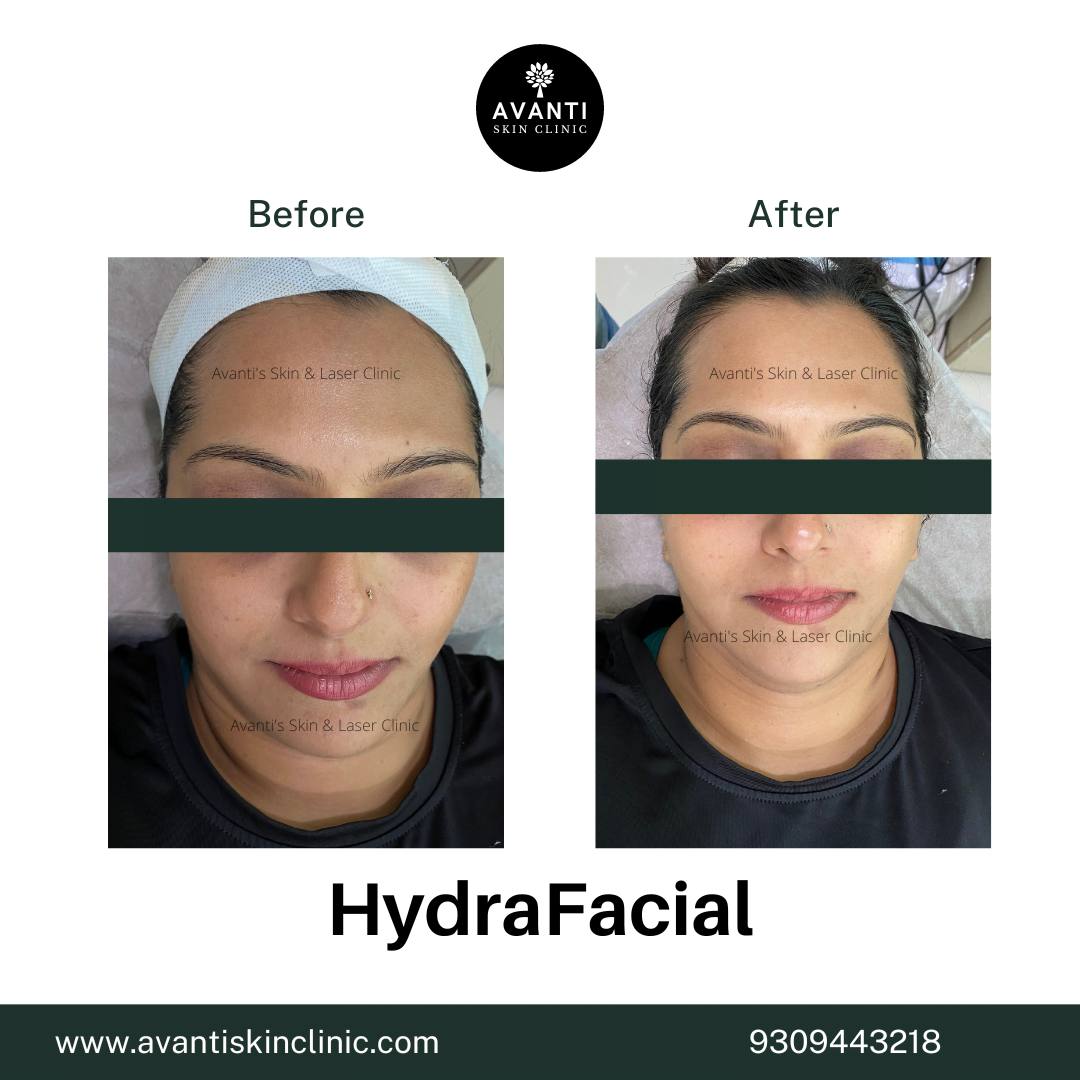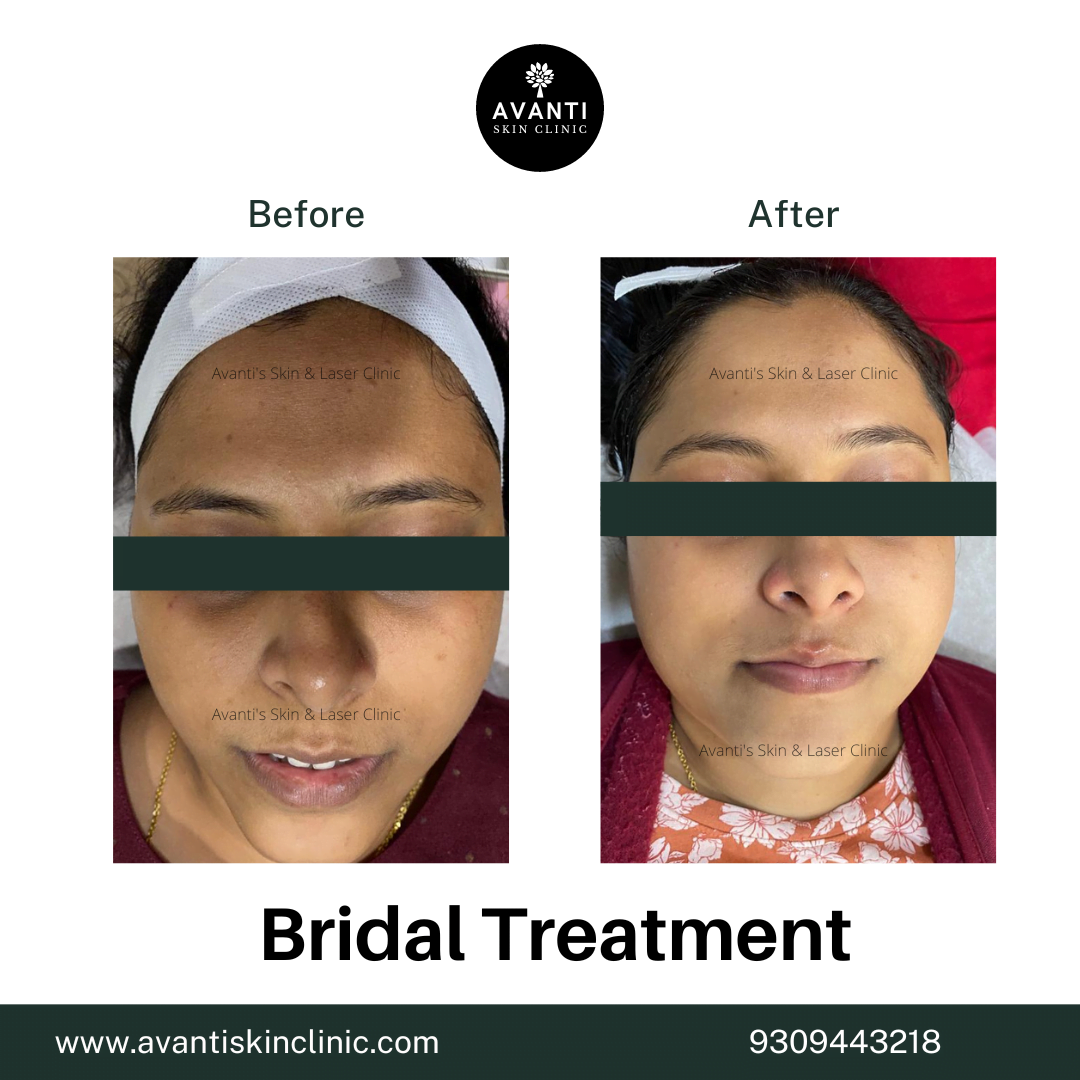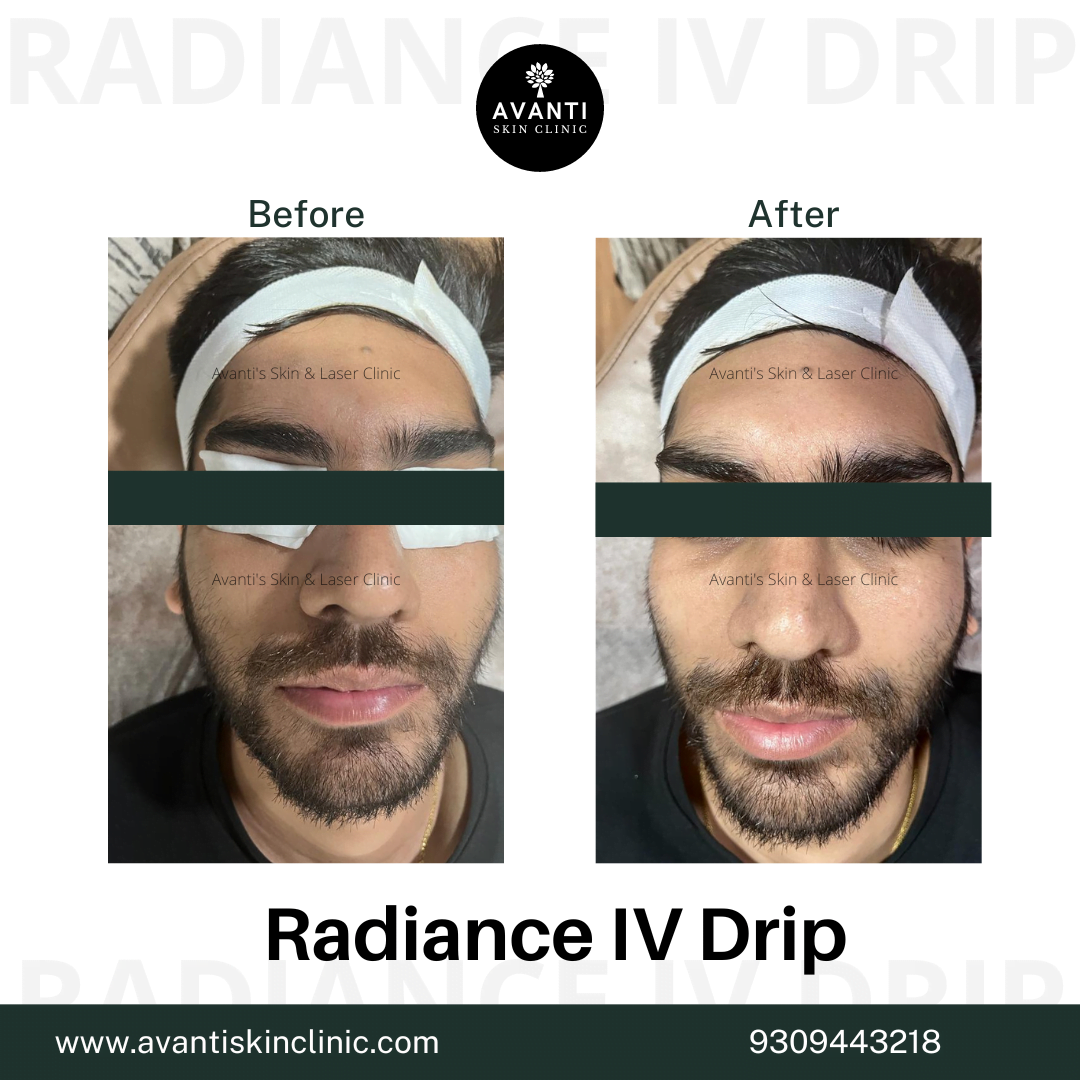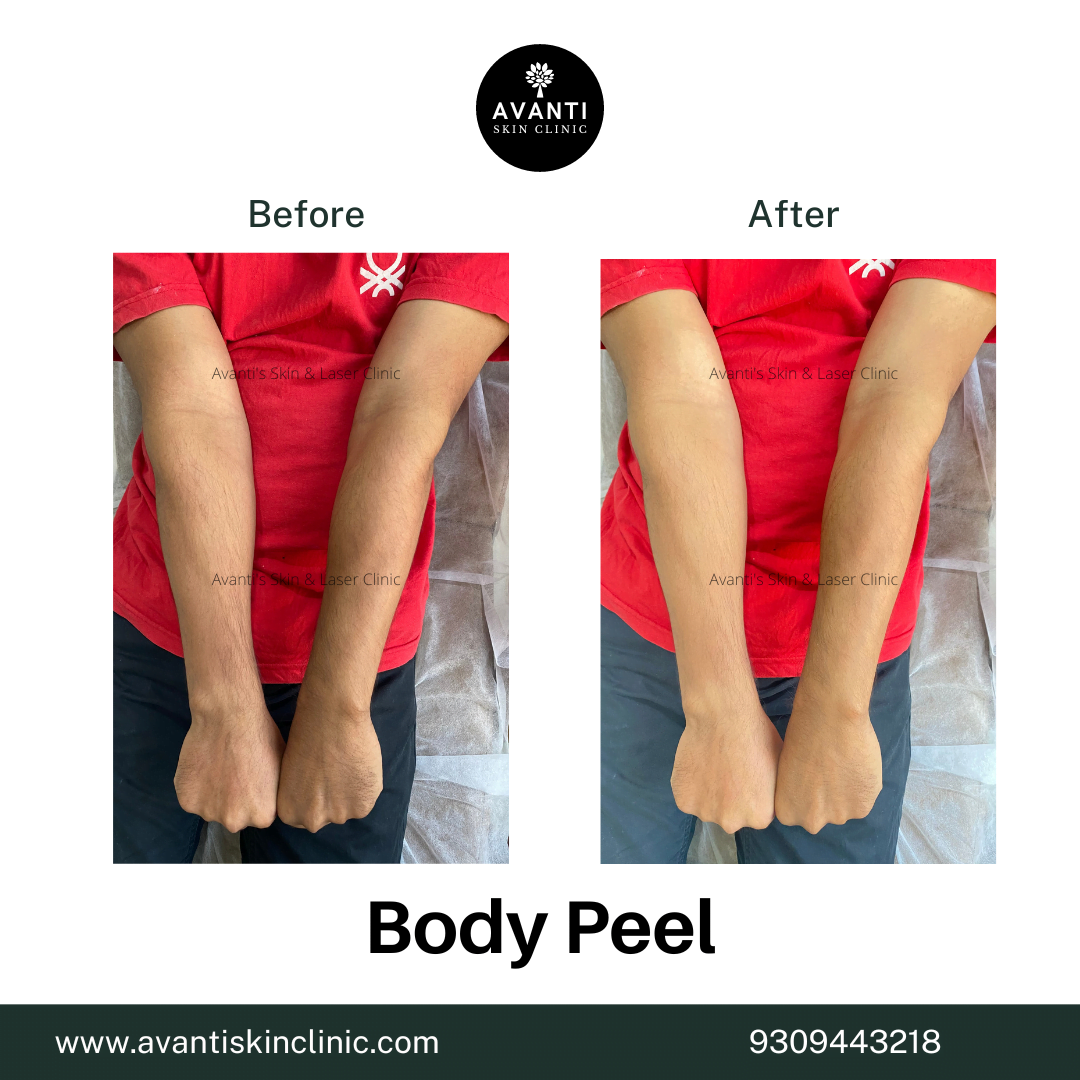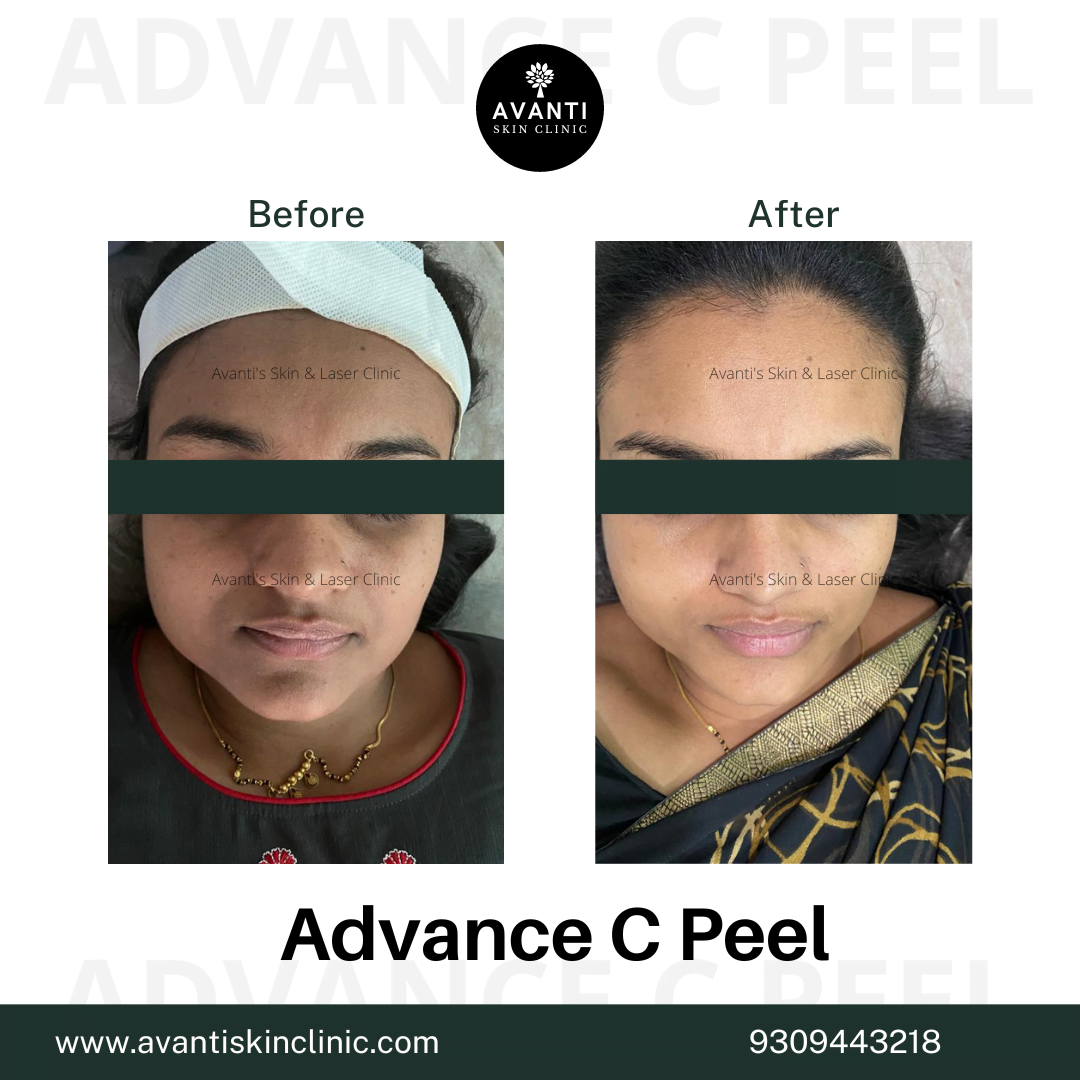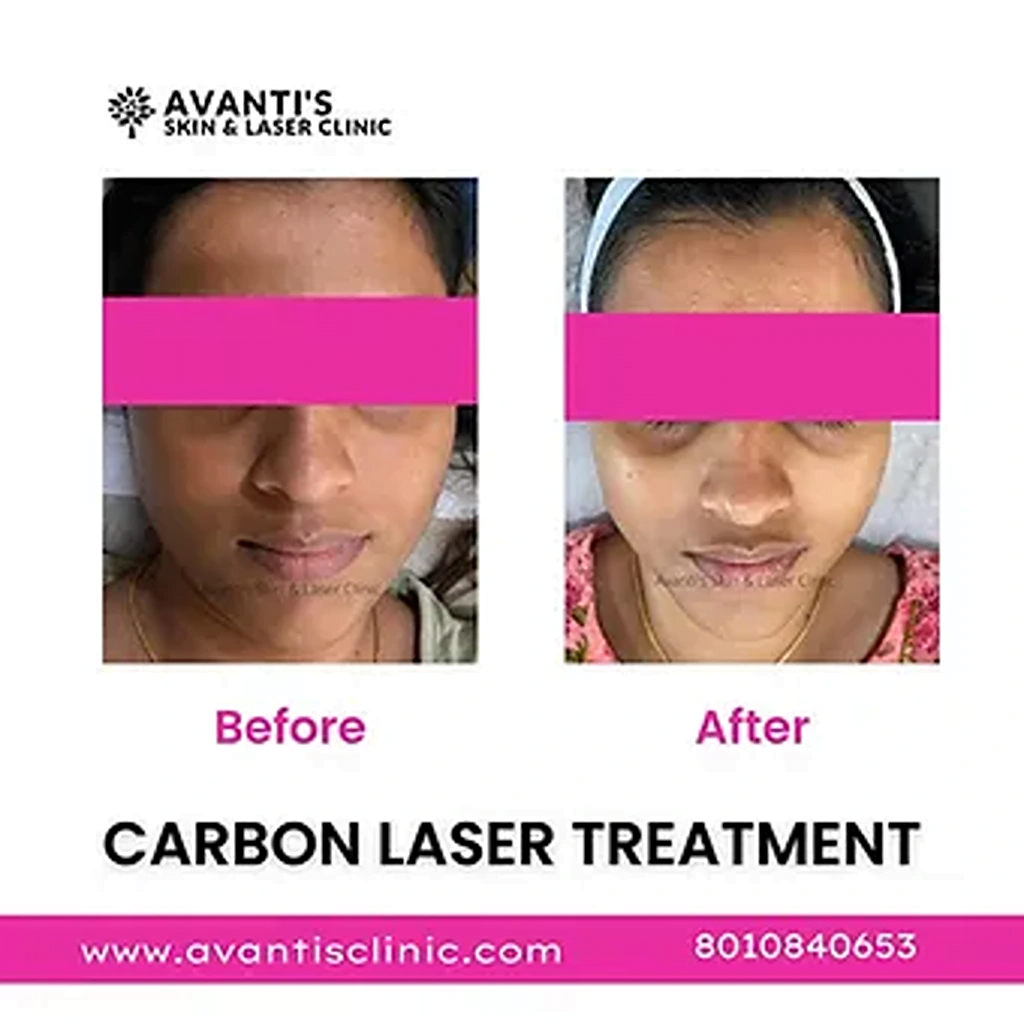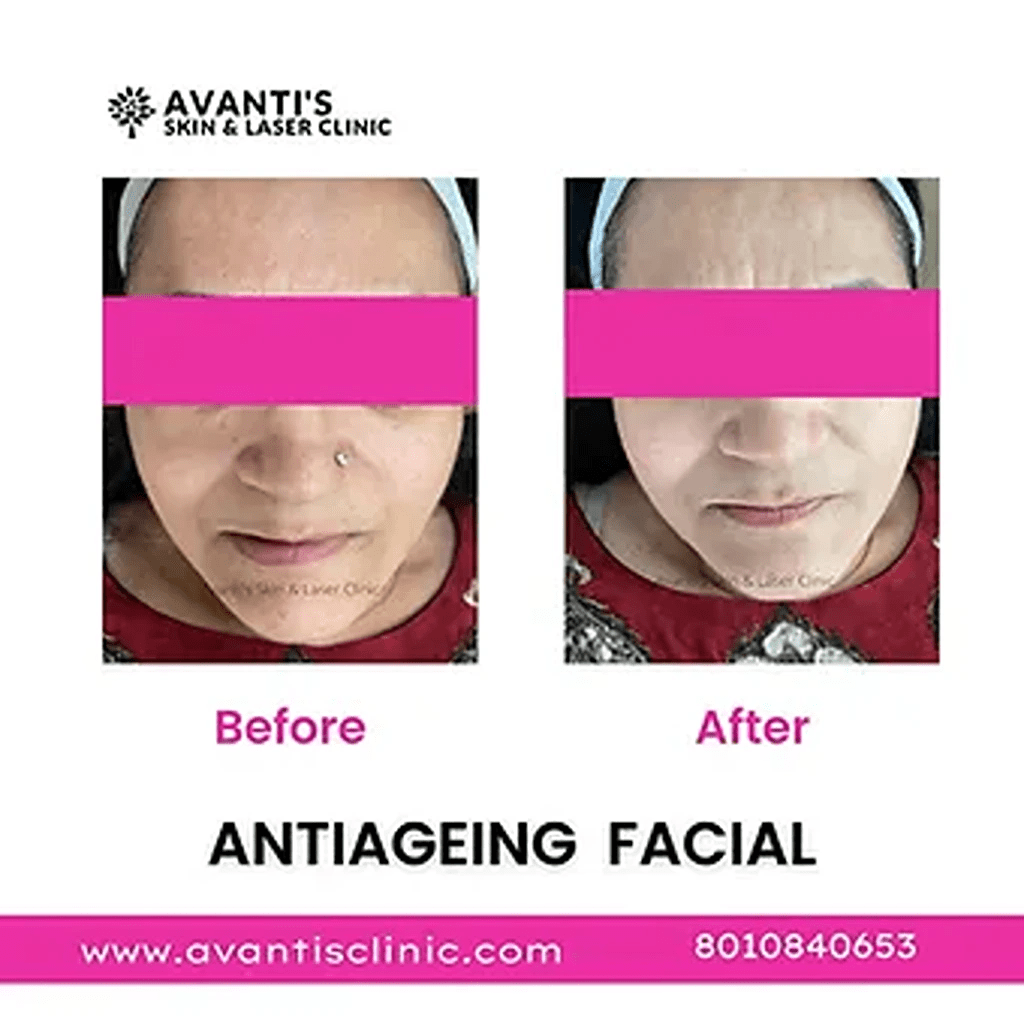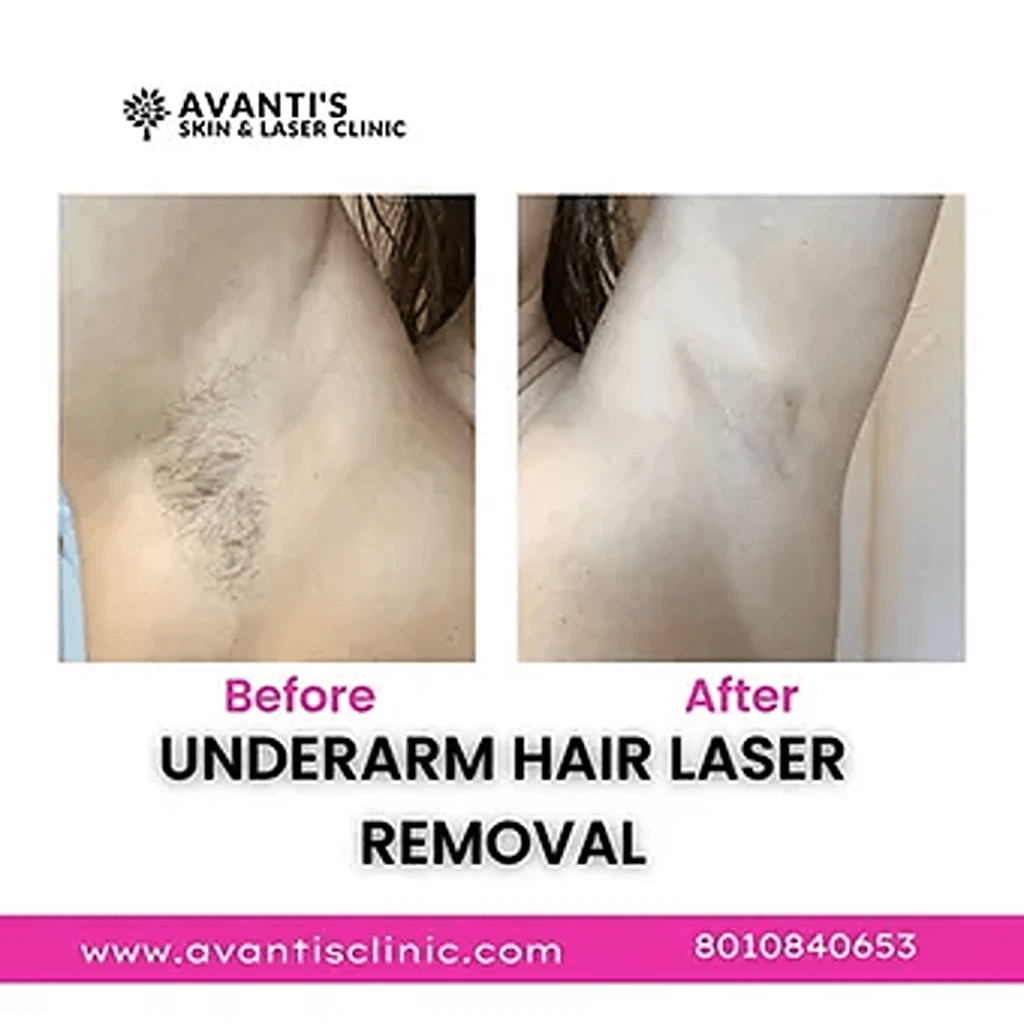Sun-Damaged Skin? Here’s How to Reverse the Harm
The sun might feel like your best friend on a cool Pune morning, but it can be one of your skin’s biggest enemies over time. While sunshine provides vitamin D and that instant feel-good glow, long-term exposure without protection can lead to pigmentation, premature ageing, and uneven texture.
Many people turn to retinol to repair sun damage, but it’s not always as simple as applying a cream at night. The active ingredient is powerful, yet it can cause side effects if used incorrectly or combined with other harsh products. Understanding how sun exposure damages your skin — and how to repair it safely — can make all the difference in restoring a healthy, even complexion.
What is premature ageing
Premature skin ageing brought on by continuous exposure to ultraviolet A (UVA) and ultraviolet B (UVB) radiation is known as photoaging. Both artificial UV light sources (such as sunlamps or tanning beds) and natural UV radiation exposure from the sun can cause photodamage. In addition to causing your skin to age more quickly than it would normally, UV exposure can raise your risk of developing skin cancer.
Other names for photoaging include dermatoheliosis, photodamage, sun damage, and solar damage.
What distinguishes chronological skin ageing from photoaging?
The natural ageing of your skin based on your age and genetic makeup is known as chronological skin ageing. It cannot be avoided. A lifetime of exposure to UV radiation, primarily from the sun, causes photoaging. Your skin’s cells’ DNA changes due to photoaging can result in cancer. Photoaging can be considerably decreased if you take preventative measures.
Is it possible to reverse solar damage?
The DNA damage caused by UV radiation cannot be undone after it has altered the DNA of your skin cells. This does not preclude you from altering the way your skin looks, though. The consequences of sun-damaged skin can be treated, lessened, and/or repaired. In order to improve the appearance, tone, and quality of your skin, treatments can eliminate spots and other skin discolorations, minimize fine lines and wrinkles, smooth out your skin, and promote the generation of collagen and new skin.
Where can you see photoaging the most?
The most noticeable parts of your skin, such as your face, neck, back of your hands, arms, legs, and upper chest, are where photoaging most frequently happens.
Who is susceptible to sun-induced skin damage?
Skin damage from the sun can affect everyone. But you have a higher risk of developing skin damage if you:
Possess a pale complexion.
Own a family history of skin cancer, particularly melanoma, or have personally had skin cancer.
Possess a lot of moles.
Before tanning, get burns and freckles.
possess blond, red, or light brown hair, or eyes that are either blue or green.
Take a vacation or live at a high elevation.
Spend most of the week indoors and get plenty of sun exposure on the weekends.
Particularly as a youngster or adolescent, spend a lot of time outside and/or at tanning salons.
Relation with Skin Aging
For lighter-skinned persons, sun exposure is linked to an increased chance of developing skin cancer; however, for darker-skinned people, there appears to be no correlation. Skin cancer typically strikes people of colour on the palms of their hands or soles of their feet, and it is frequently discovered in a late stage. To ascertain the risks of skin cancer and the efficacy of treatments in individuals with darker skin, more research is required.
Laser Treatments: A Smarter Way to Reverse Sun Damage
While retinol can gradually improve sun-damaged skin, dermatological laser treatments offer faster, more targeted results. In Pune’s sunny climate, where year-round exposure is hard to avoid, combining topical care with in-clinic treatments can dramatically enhance skin recovery.
Laser Toning – This non-invasive treatment targets pigmentation, freckles, and tanning caused by UV rays. It breaks down melanin clusters and restores an even complexion over a few sessions.
Fractional CO₂ Laser – Ideal for deeper damage such as fine lines and texture irregularities. It removes micro-layers of damaged tissue, promoting collagen regeneration and smoother skin.
Q-Switched Laser – Especially effective for stubborn sun spots and uneven tone. It works safely for Indian skin tones, delivering visible brightness with minimal downtime.
Photofacials (IPL) – Intense Pulsed Light treatments address both pigmentation and redness, offering a refreshed, youthful glow.
Laser treatments can be tailored to your skin type and sensitivity level, offering precise correction without the irritation that often comes with overusing retinol.
Combining Retinol with Laser Treatments
Under dermatologist supervision, retinol and laser treatments can complement each other beautifully. Retinol enhances collagen production, while lasers accelerate repair at a deeper level. The key is timing — retinol should usually be paused a few days before and after your laser session to avoid irritation.
A typical combination plan may include:
- Regular laser toning or Q-switched sessions every 3–4 weeks
- Gradual reintroduction of retinol after your skin heals
- Hydrating facials or antioxidant serums to support recovery
This approach helps rebuild skin health and resilience, tackling both surface and structural damage.
Aftercare for Sun-Damaged Skin
Whether you’re using retinol or undergoing laser therapy, aftercare determines your results. Post-treatment, your skin becomes more photosensitive and requires gentle, protective care.
- Use a gentle cleanser and fragrance-free moisturiser.
- Reapply sunscreen every 2–3 hours when outdoors.
- Avoid hot showers, scrubs, or chemical exfoliants.
- Stay hydrated and eat antioxidant-rich foods like berries and leafy greens.
- Don’t pick or peel your skin — let it heal naturally.
Following a disciplined aftercare routine prevents irritation and ensures that your efforts to reverse sun damage truly pay off.
Retinol can significantly reduce signs of sun damage like pigmentation and fine lines, but severe damage may need additional laser treatments or chemical peels for full correction.
Dryness, flaking, redness, and mild irritation are the most common side effects of retinol, especially in the first few weeks of use.
Prolonged overuse or misuse of retinol can make the skin thinner and more sensitive to UV rays. Always follow a dermatologist’s instructions and use sunscreen daily.
Unprotected sun exposure while using retinol can worsen pigmentation and accelerate ageing, as your skin becomes more vulnerable to UV rays.
They can be used in a routine but not at the same time of day. Use vitamin C in the morning for antioxidant protection and retinol at night for cell renewal.
Yes, bakuchiol and peptides are gentler options that provide similar anti-ageing and brightening benefits without the irritation associated with retinol.
Mild redness or temporary sensitivity may occur but usually resolve within a few hours to days. Proper aftercare prevents complications.
Most people notice smoother, brighter skin within 2–3 sessions. Deeper pigmentation and lines improve gradually over several weeks.


